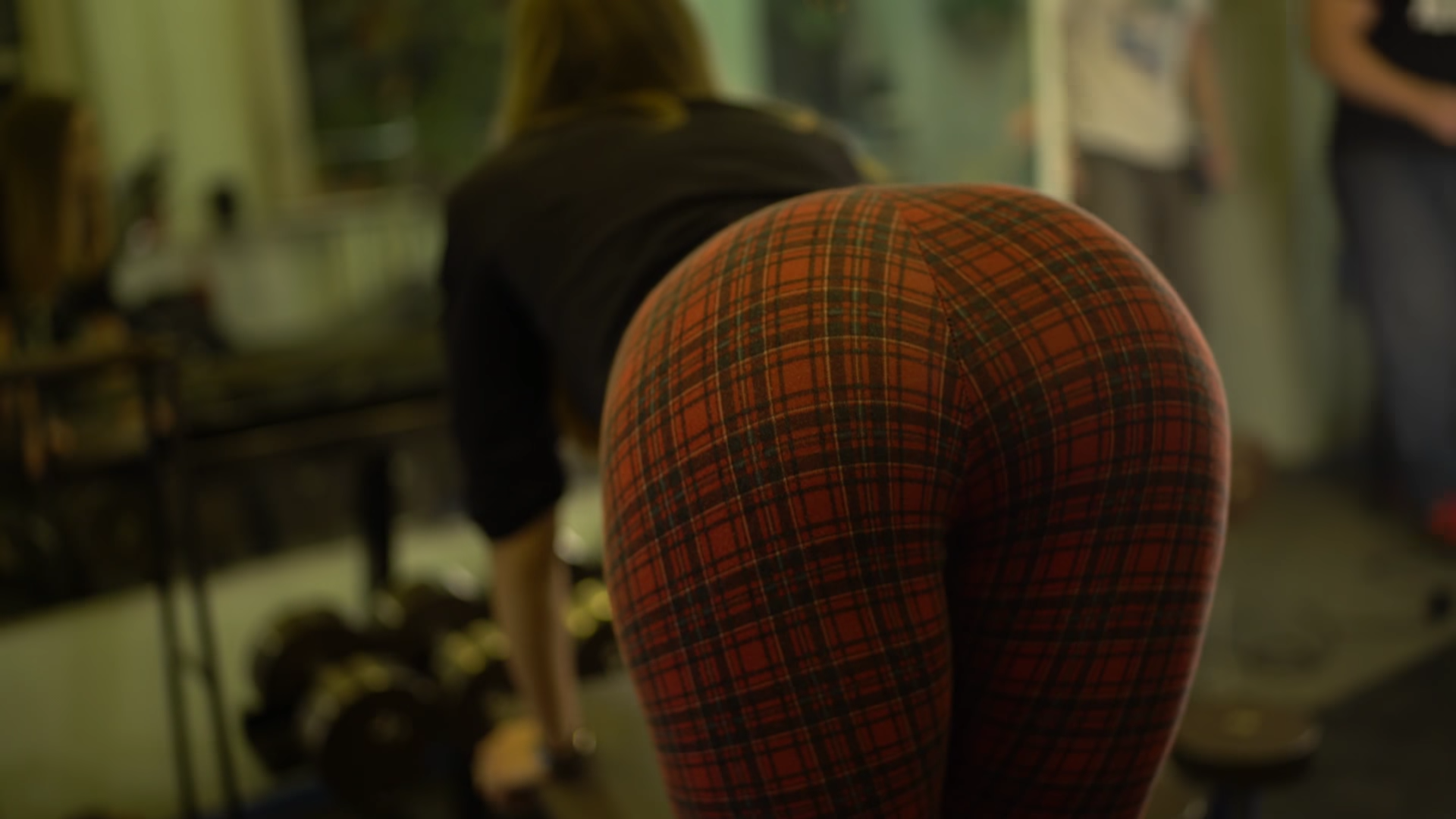

These neurobiological processes induced by estradiol enable the tactile stimuli to trigger lordosis. These convey an impulse to neurons in the medullary reticular formation which project down the reticulospinal tract and synapse with the neurobiological circuits of the lordosis reflex in the spinal cord (L1–L6). The ventromedial hypothalamus sends impulses down axons synapsing with neurons in the periaqueductal gray. But when environmental conditions are favorable and the female is in estrus, the estrogen hormone, estradiol, induces sexual receptivity by the neurons in the ventromedial nucleus, the periaqueductal gray, and other areas of the brain. Most of the time, the ventromedial nucleus of the hypothalamus (VMN) inhibits lordosis. Sexual behaviour is optimized for reproduction, and the hypothalamus is the key brain area which regulates and coordinates the physiological and behavioural aspects of reproduction. The contraction of the longissimus and transverso-spinalis muscles causes the ventral arching of the vertebral column. In the spinal cord and lower brainstem, they are integrated with the information coming from the brain, and then, in general, a nerve impulse is transmitted to the muscles via the motor nerves. When a male mammal mounts the female, tactile stimuli on the flanks, the perineum and the rump of the female are transmitted via the sensory nerves in the spinal cord. The female is ready for copulation and fertilization. Under the action of estrogen in the hypothalamus, the lordosis reflex is uninhibited. Schematically, at the breeding season, and when an ovum is available, hormones (especially estrogen) simultaneously induce ovulation and estrus (heat). Sex hormones control reproduction and coordinate sexual activity with the physiological state. More importantly, the ventromedial hypothalamus sends projections that inhibit the reflex at the spinal level, so it is not activated at all times. The vestibular nuclei and the cerebellum, via the vestibular tract, send information which makes it possible to coordinate the lordosis reflex with postural balance.

In the brain, several regions modulate the lordosis reflex. The lordosis reflex arc is hardwired in the spinal cord, at the level of the lumbar and sacral vertebrae (L1, L2, L5, L6 and S1). Lordosis occurs during copulation itself and in some species, like the cat, during pre- copulatory behavior. It is commonly seen in female mammals during estrus (being "in heat"). Lordosis aids in copulation as it elevates the hips, thereby facilitating penetration by the penis. The posture moves the pelvic tilt in an anterior direction, with the posterior pelvis rising up, the bottom angling backward and the front angling downward.

Lordosis is a reflex action that causes many non-primate female mammals to adopt a body position that is often crucial to reproductive behavior. During lordosis, the spine curves dorsoventrally so that its apex points towards the abdomen. The primary characteristics of the behavior are a lowering of the forelimbs but with the rear limbs extended and hips raised, ventral arching of the spine and a raising, or sideward displacement, of the tail. Lordosis behavior ( / l ɔːr ˈ d oʊ s ɪ s/ ), also known as mammalian lordosis (Greek lordōsis, from lordos "bent backward" ) or presenting, is the naturally occurring body posture for sexual receptivity to copulation present in females of most mammals including rodents, elephants, and cats. Clockwise from top left: cats, hamsters, elephants, and eastern gray squirrels. Still, it looks like the arched backs aren’t the only ones ready for a stretch here.Lordosis behavior seen in different mammals. Pazhoohi and colleagues argue that this is consistent with their hypothesis that a nice curvy back is an indication that a human female is ready for procreation, though they stop short of stating it outright. So yes, basically, everyone apparently finds arched backs more attractive. The eyeball tracking backed this up mostly, with all participants generally staring longer at the models’ backsides, though men seemed to linger on the hips while women focused on the waist. Men overall rated everything more highly. The front side view, which didn’t show off the goods quite as much, got the lowest relative scores. Curvier backsides did indeed get higher marks. The researchers also tracked subjects’ eye movements, which the paper notes is “considered a robust method to study human physical attractiveness.” Hot or Not?Īnd what were the results? Pretty much what you’d expect. I only read Evolutionary Psychological Science for the articles, honest! (Credit: Pazhoohi, et al.) Each of the 82 participants (heterosexuals all, the study points out) rated which models were most attractive, using the 1-10 scale, natch.


 0 kommentar(er)
0 kommentar(er)
